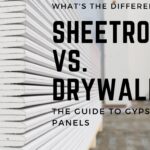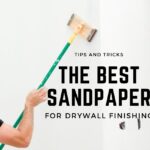It’s nice to know there’s green board drywall available that offers protection from high moisture and humidity and is just as easy to install as regular drywall.
Green board is the answer for areas in your home that need a little extra protection from moisture. While it’s not waterproof, green board is moisture resistant and can be the perfect option for your next drywall project.
What is Green Board Drywall?
Green board is a drywall product with a gypsum core, wrapped in green paper on one side.
The product initially came out in the 1960s and was used as a direct backer for tiles in water-logged areas like showers and bathtubs.
That practice has been phased out in favor of cement backer board, but green board still has several beneficial applications today.
So, what is the difference between drywall and green board? The biggest difference is the green paper covering coated in wax that makes it more moisture resistant to water than typical drywall.
What are the Properties of Green Board?
Like traditional drywall, green board is a building material with a gypsum core and a paper exterior.
However, green board has a thicker paper exterior, making it a more durable gypsum board than the standard drywall, which covers most living areas.
That thicker coating is treated with a water-resistant wax and tinted seafoam green to differentiate it from regular drywall, hence the name: green board.
Water-Resistant, not Waterproof
While green board has a thicker paper coating and a wax finish, it is not designed as a direct backer board with contact to the elements.
It was used as a ceramic tile backer on shower walls, but that practice was discontinued in the 1990s.
Greenboard drywall will suffer from water damage after a lot of moisture contact with water, but it has a significantly higher water resistance than regular drywall.
Thicker than Regular Drywall
Standard drywall will come in sizes from ¼” to ½”, but green board can be bought in ½” or ⅝” sheets.
The extra thickness is due to the additional wax-treated, water-resistant paper treatment on the outside of the gypsum board.
If replacing regular drywall in your home with green board, be sure to account for the added thickness so you don’t have any protruding panels.
Not Fireproof
Despite the ⅝” thickness of the building material, green board drywall cannot substitute for ⅝” flame-retardant drywall. Be sure you have “Type X” drywall when fire ratings are required. You can use Mold Tough Firecode X drywall if you need fire ratings. But typical green board is not type “X.” So keep that in mind.
Many properties, specifically in commercial spaces, will have codes to ensure thick, fire-resistant drywall is installed. USG also produces type X Sheetrock Brand EcoSmart Mold Tough Panels.
Despite the similar size, typical green board will not halt any fires on your property; don’t make the mistake. It needs to be type X.
If you’re looking for ⅝” inch fire-resistant materials for kitchens or around fireplaces, your best bet is Type X drywall or another building material like cement board.
Mold Resistant?
Since green board has been used in humid or wet applications for a long time, it’s fair to wonder about the mold resistance of the material.
While the gypsum core of green board and other drywall is non-organic and therefore inhibits mold growth, the paper material can mold.
The wax exterior of green board makes it moisture-resistant, but it’s not entirely mold-resistant drywall.
Green board facing can be treated with mold-resistant agents. However, for mold resistance, green board is slowly being replaced with paperless drywall.
Where to Use (and not Use) Green Board Drywall
As a water-resistant drywall, green board can be installed wherever the walls are liable to get wet.
However, it’s safest to limit green board direct contact with water, so there are some places where it should not be installed.
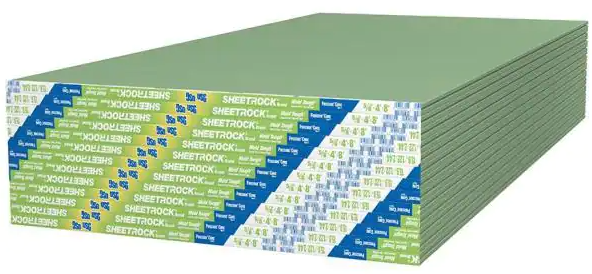
Green Board Go’s
Shower areas, kitchens, basements, and any other wet areas in the home: all of these could benefit from green board. These areas in the home typically have higher water contents in the air.
Higher humidity can dampen standard drywall and lead to damage, but green board can handle the humidity.
The water-resistant finish on this drywall is explicitly designed for areas that frequently become damp.
Green Board No-Go’s
Places that get more than damp can be troublesome for green board. Shower stalls, saunas, steam rooms, and tile-backed bathroom applications put green board at risk of becoming saturated.
Not only can the water damage that can accrue from direct water contact cause mold issues, but green board has also been proven to be slightly weaker than standard drywall.
Therefore, it may be more likely to face structural damage if saturated.
Know Where Green Board is Going
Special care needs to be taken when applying it to ceilings, driving screws, or nails at tighter intervals than you would use for standard drywall.
On your next DIY home improvement remodel project, consult your local building code to assure you have the proper sheetrock and wallboard in the right locations.
Drywall Tape on GreenBoard?
What type of drywall tape do you use on greenboard? Joints and inside corners should have drywall tape applied, just like regular sheetrock. You can also use moisture resistant drywall tape, available at your local Home Depot or Lowes.
Drywall screws should be coated with mud, and outside corners should have corner bead as well.
ASTM C1396
The American Society for Testing and Materials, or ASTM, publishes and develops technical standards for materials and products.
ASTM C1396 clarifies drywall use, and section 1.1 clarifies water-resistant gypsum backing board. The section reads that the backer board is,
“designed primarily to be used as a base for the application of ceramic or plastic tile on walls or ceilings. This product is also suitable for decoration.”
You can see the standard does not go into much detail, which is why many questions arise when green board discussion pops up.
Green Board on Ceilings?
Many building inspectors will advise against installing green board on the ceilings of your bathroom.
Since bathroom ceilings are liable to accumulate lots of moisture regularly, the heavier and weaker board is more likely to run into trouble on bathroom ceilings.
If you insist on green board on your ceilings, be sure to fasten the sheets to the joist every 12 inches. For bathroom ceilings, you’re safer going with standard drywall and applying a paint finish to it.
Do I Really Have to Avoid Green Board for Wet Applications?
Technically, no. While some inspectors forbid it, water-resistant drywall like green board can be used in wet applications like shower areas or tub surrounds.
There are codes in place that restrict the amount of saturation by weight green board should have after a certain amount of time immersed in water.
While you can use green board for these wet areas, remember the warnings: water damage, weaker structure, mold, etc.
What to Use Other than Greenboard?
Perhaps one of the biggest sellers for green board is that the moisture resistant drywall material is far cheaper than its waterproof counterparts.
Cement Board
Cement board or cement backer board is the typical tile backer for showers and tub surrounds. The mineral-based cement materials have no trouble handling water exposure and are great platforms for tile laying.
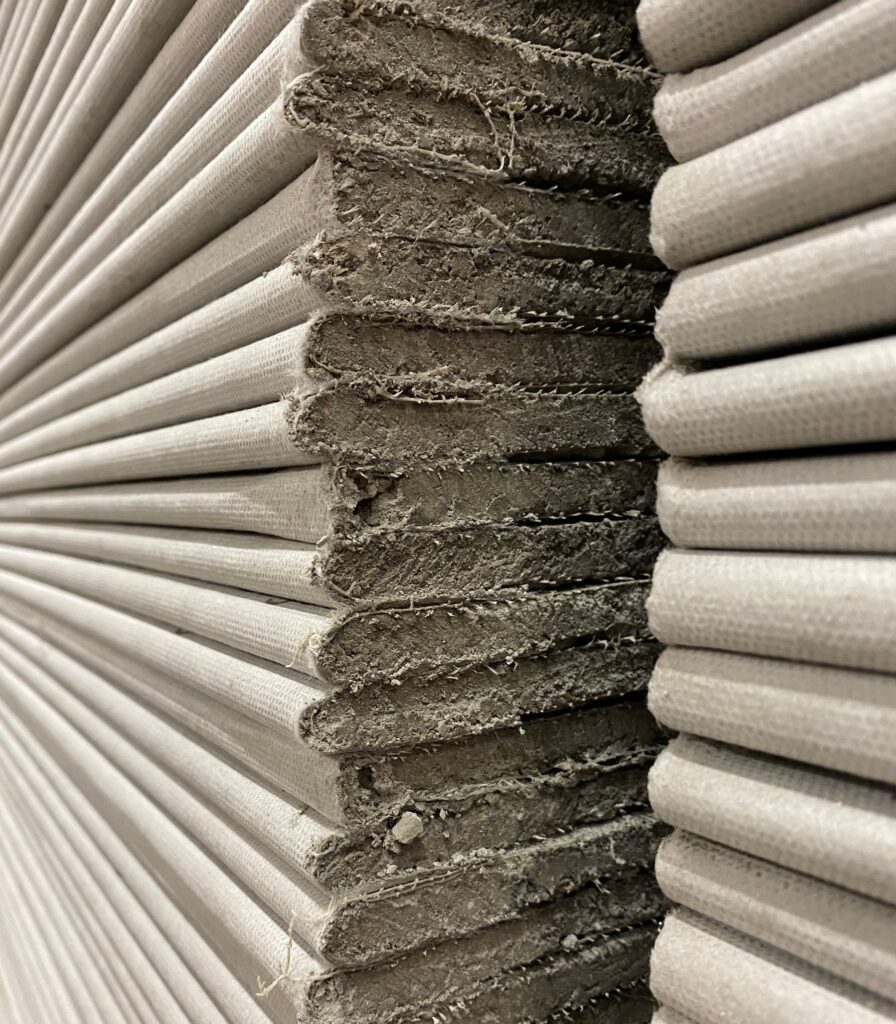
Cement board, also known as durock, or HardieBacker, can be used handily in any wet or dry application.
The downside is that they’re expensive, heavy, and often require a moisture barrier between them and the wall studs to stimmy the threat of water damage.
These components cost time and money, making cement backer board more difficult to install than green board.
Find an Alternative to Cement Board if Possible
Plenty of contractors and builders opt for green board in wet areas because it’s easy to work with. Greenboard operates just like standard drywall.
It can be purchased in bulk, cut to size with a standard utility knife and a straight edge, and installed with little more than a lift and some screws.
The kind price point and ease of installation make green board perfect for covering larger areas of the home that are subject to the occasional moisture penetration: kitchens, bathrooms, and basements.
Cement board, or similar products such as DensShield by Georgia Pacific, should be the backer you use for proper wet areas in your home, though.
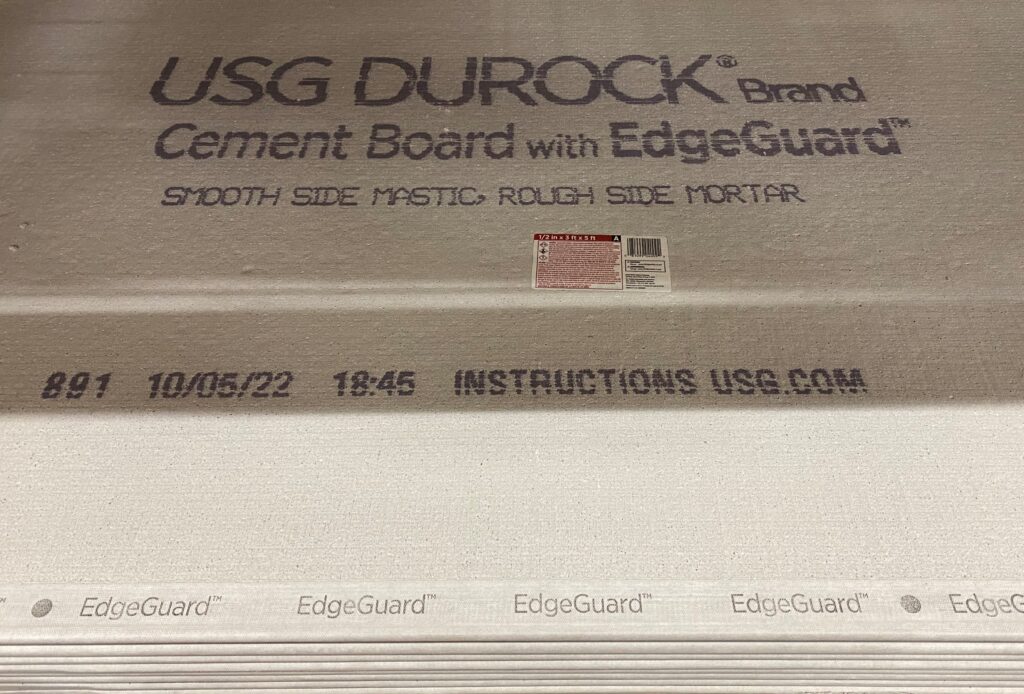
Purple Board
Another great alternative to green board is Purple Board from National Gypsum. Not only is Purple Board fire-resistant, but it’s mold, mildew, and moisture resistant.
National Gypsum Purple Board is also GreenGuard Gold certified for improved indoor air quality.
Purple Board also has a hi-impact option which is mold-resistant with a dense core and reinforced with fiberglass mesh.
Just like green board is known for its color, Purple Board is also named after the purple face paper it’s wrapped in.
Purple Board is an excellent option for laundry rooms, shower surrounds, tile backing, indoor pools, wall repairs, and other high humidity damp areas.
Paperless Drywall
A solid alternative to green board is paperless drywall. The absence of paper in the drywall makes this kind of drywall higher rated for water and mold resistance than green board.
Like green board and standard drywall, paperless drywall has a gypsum core. Instead of a paper finish, however, the gypsum is wrapped in fiberglass.
The product was designed to combat mold issues better than paper drywalls, but it is still not fully mold-proof.
While a great option, fiberglass drywall is a newer product with several pros and cons.
Know Your Drywall Options
Primarily, paperless drywall has better mold resistance and more surface strength than its paper-encumbered counterparts. Therefore, this type of drywall is much more resistant to damage.
On the downside, it’s more expensive per foot than standard drywall and can be challenging to find in some areas since it is not as widely used as standard or green board.
There’s also some debate as to finishing paperless drywall.
Some drywall installers and homeowners find the fiberglass covering on paperless drywall to be much more rigid and difficult to work with than the traditional paper.
The tougher surface can lead to difficulty and frustration in sinking screws into the wall panel.
Tips for Installing Greenboard
Like standard drywall, green board can be measured and cut with a straight edge and utility knife. With a short knife, score the paper along a straight edge.
Once scored, the drywall can be snapped and then put into a drywall lift for placement and installation.
With the green paper facing out, greenboard can be installed by driving screws at regular intervals directly into studs and joists.
If working on ceilings, like mentioned above, best practices are to fasten the drywall in shorter intervals, every 12”, to avoid the weaker board from sagging or dropping later on.
Greenboard drywall can be finished much like standard drywall. All the screws and seams should be taped and covered in even coatings of joint compound before being finished with paint.
Despite the water-resistant nature of a green board drywall panel, it’s still recommended that you use a durable paint designed for high moisture environments when finishing.

